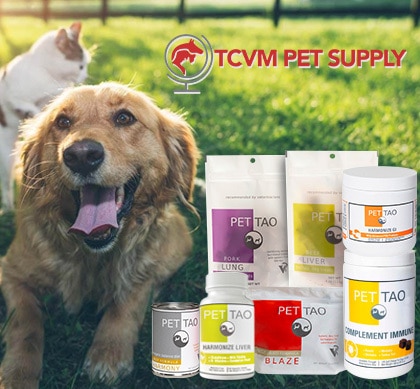In diagnosing dog cancer, dog tumor testing often helps determine the type and severity of cancer.
If sent to a lab, the pathologist will label a dog tumor with a “grade” and your veterinarian will assign a “stage” to your dog’s cancer.
The grade describes how differentiated the cells are and how aggressive cancer appears.
Grade 1 Tumors
Grade 1 tumors are cell-differentiated and carry a good prognosis.
Usually, no treatment is necessary after surgical removal.
Grade 2 Tumors
The next tumor grade is Grade 2.
Grade 2 tumors are moderately differentiated and sometimes complicated and difficult to predict the prognosis and treatment options.
Grade 3 Tumors
The last tumor grade we will discuss is Grade 3.
Grade 3 tumors have the poorest prognosis.
Luckily, Grade 3 tumors are the most uncommon in skin cancer.
Cancer Stages
In cancer, the “stage” describes how much cancer has already spread.
The first stage is Stage 1.
Stage 1 describes a single tumor with no signs of spreading and clean margins.
The second stage is Stage 2, followed in severity by Stage 3.
Stage 2 and Stage 3 tumors display more signs of invasion, have unclean margins, and may present as multiple tumors.
The most severe stage is Stage 4.
Stage 4 tumors involve systemic metastasis and have a poor prognosis.
Veterinarians usually treat dog skin cancer with surgical removal.
Sometimes, vets use other cancer therapies in addition to surgery. Other therapies are helpful cancer has metastasized and become systemic.
Powerful Tools for Overcoming Dog Cancer
You might not be aware, but many cancer-fighting tools are easy to get and use at home.
To realize your true cancer-fighting potential:
- Learn more about dog cancer.
- Ease your dog’s discomfort naturally. PET | TAO Comfort is a blend of herbs and supplements to soothe your dog’s arthritic challenges to make him/her more comfortable.
- Boost your dog’s immune system with medicinal mushrooms. PET | TAO Complement Immune Supplement blends together the most powerful immune-boosting medicinal mushrooms on the market in a single product.
- Ease your dog’s stomach upset naturally. Many dogs with cancer suffer stomach upset as well. PET | TAO Harmonize GI naturally provides all the digestive enzymes and probiotics your dog needs for optimum gut health.
- Try PET | TAO Freeze Dried Beef Liver Treats. According to TCVM, the liver controls tendons and ligaments. As few as 5-6 treats per day can make a huge difference in your dog’s tendon and ligament health!
- Try a Blood-building TCVM Diet. According to TCVM theory, dogs suffering from cancer also often suffer from Blood deficiency. Blood deficiency may due to chemotherapy of cancer itself. PET | TAO Zing dog food builds Blood.
- Learn more about TCVM Herbal Remedies. Chinese medicine offers many amazing natural solutions for dog cancer challenges and palliative care. Some good examples are:








